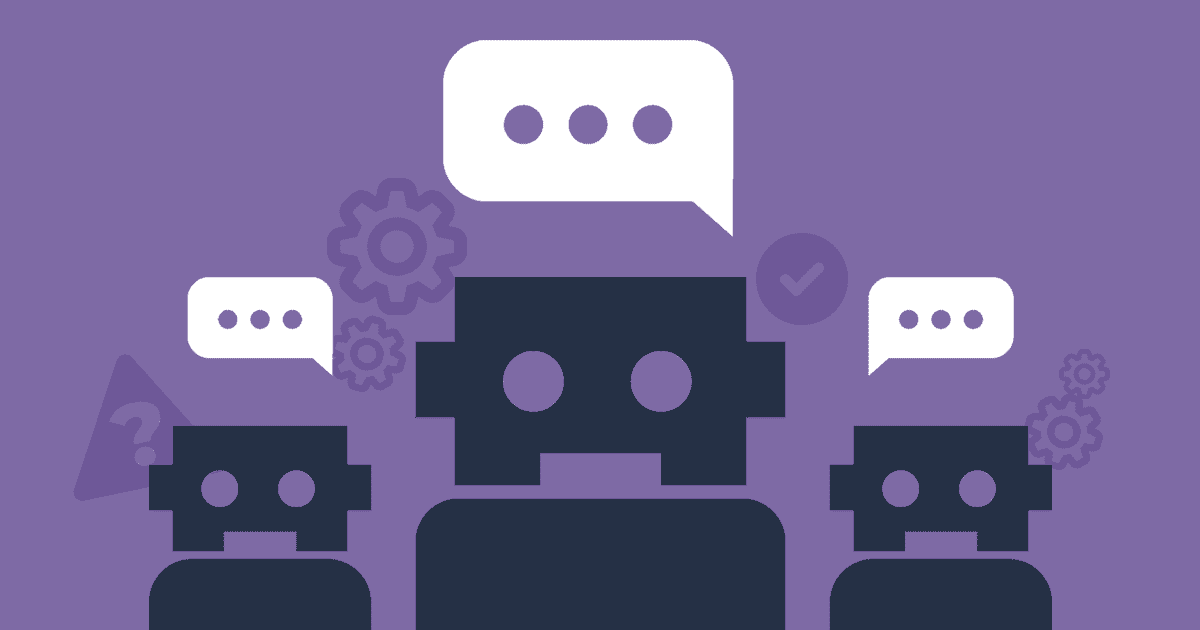A parent’s guide to using AI with kids
How to get the most out of AI tools
In this guide to AI, learn about the different AI tools like ChatGPT that are currently available. Then, explore how to support learning, creativity and even bedtime using AI at home.
Watch this space for more updates and guidance on the potential risks and benefits to AI coming soon.


